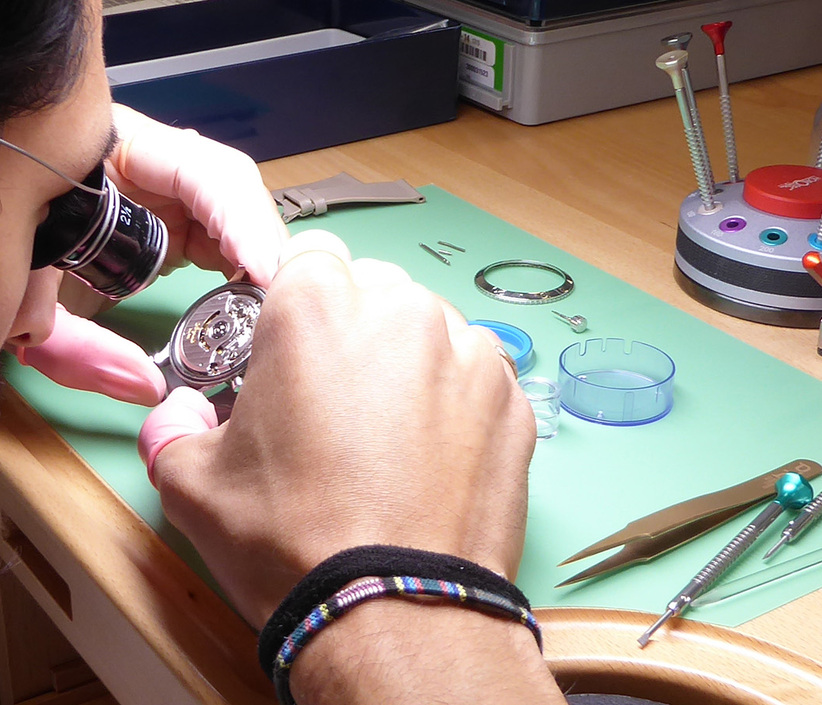
Vintage watches are like time-traveling companions—each scratch a story, each tick a whisper from another era. But beneath their polished allure lies a truth every collector learns the hard way: these mechanical relics demand more than admiration. They require devotion, deep pockets, and occasionally, a leap of faith.
My Breguet Type XX Ref. 3800—a pilot’s chronograph with the soul of a 1950s aviator—had been my daily dance partner for years. Then, one day, the chronograph hand stuttered like a hesitant heartbeat. The reset malfunctioned, and reality crashed in: this wasn’t just a quirk. It was a cry for help.
Local watchmakers recoiled as if I’d handed them a live grenade. Even a high-end multi-brand dealer in Los Angeles shrugged; the Lemania movement inside, though legendary, needed a friction wheel as rare as a polite internet debate. The only option? Sending it back to Breguet—a prospect that sends shivers down most collectors’ spines.
Why the fear? Factory servicing has a reputation for being:
But Breguet, a brand that’s been fixing time since Marie Antoinette lost her head, operates differently. Their Miami service center became my pen pal, sending photos at every milestone. No dials were scrubbed, no history erased. Even the original tritium hands—now legally too radioactive to reinstall—were returned to me, tucked in the box like a family heirloom.
The restoration was a masterclass in restraint:
Vintage ownership isn’t all golden-hour wrist shots and auction-house bragging rights. It’s a relationship—one that demands patience, trust, and occasional heartache. But when done right, a factory service can feel less like a necessary evil and more like a reunion with an old friend. Just don’t check your bank account right after.